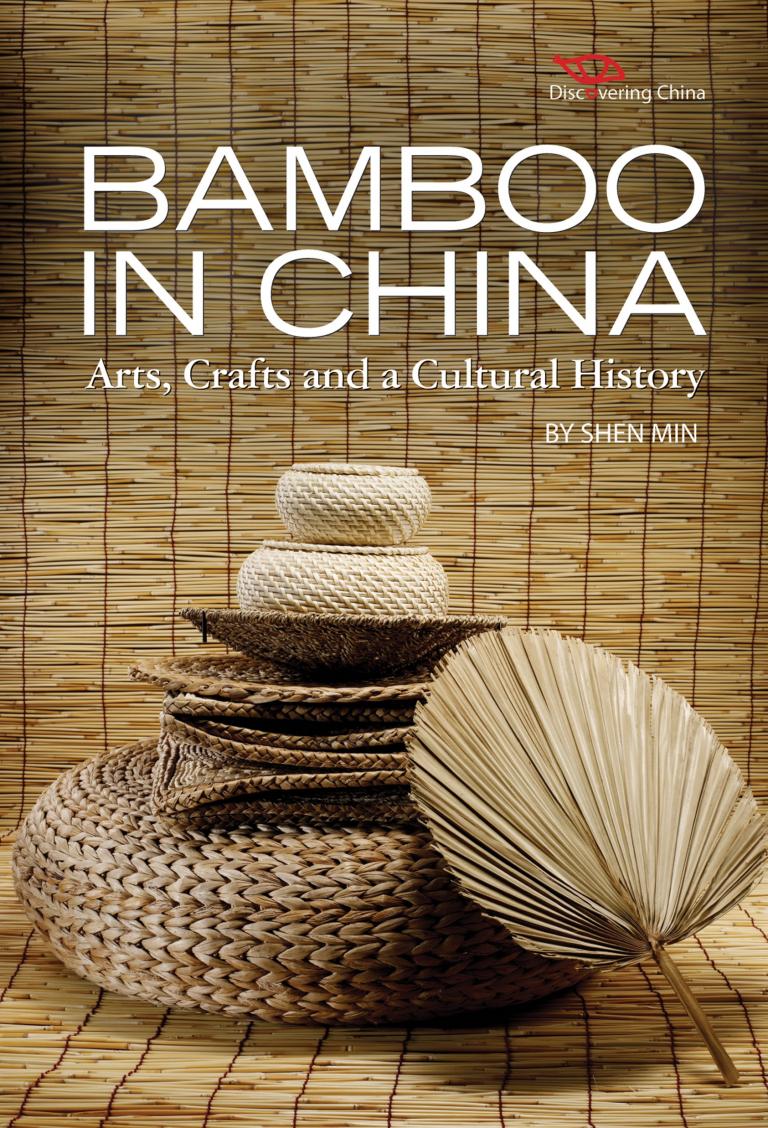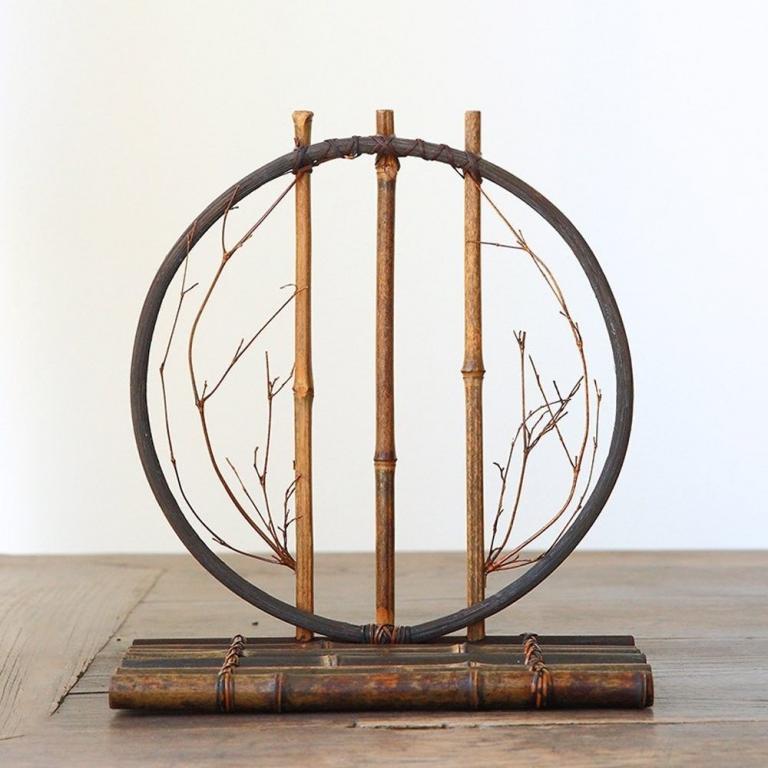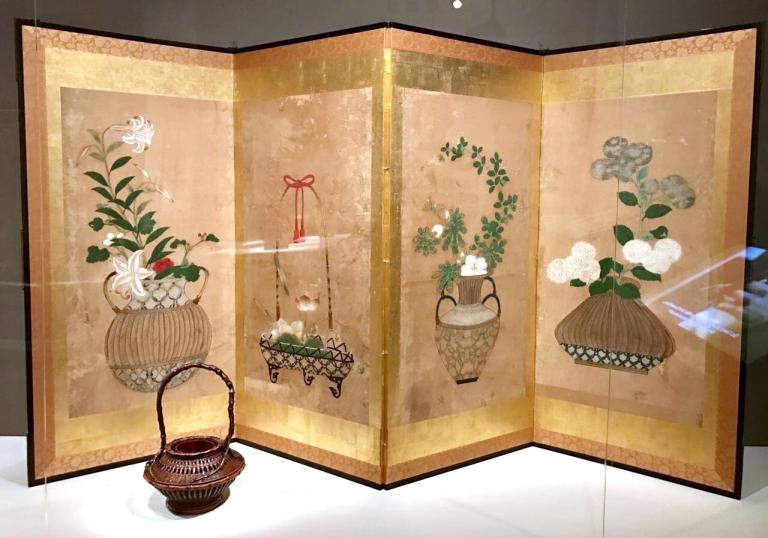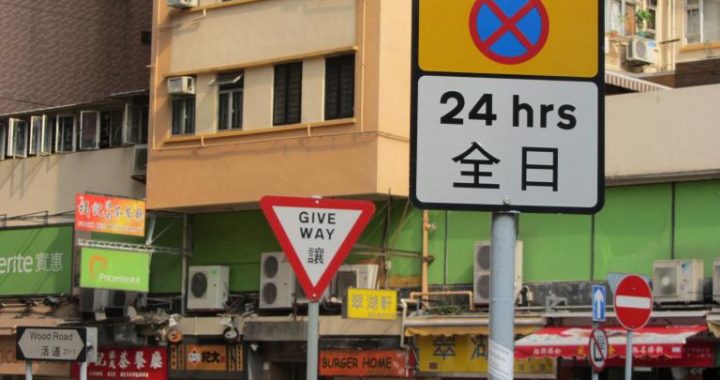Chinese bamboo crafts
9 min readBamboos, growing in the moist temperate and tropical zone, and featured with a great variety and quick to become useful materials, are a kind of environmental protection material. There are a total of 1,500 varieties of bamboo, roughly, Asia sharing 90%. China enjoys 22 generas and more than 200 varieties of bamboo, widely spread in this land and mostly in the Pearl River Basin and Yangtze River Basin. Plum, orchid, bamboo and chrysanthemum are the “Four Gentlemen” in China. Chinese people have accumulated feeling on the bamboo, and give it a personality besides its nature. Bamboos are hollow inside, meaning open-minded. And the strong knot and the straight pole stand for the exemplary conduct and nobility of character. As the scholar Su Shi in Song Dynasty has it, “A meal can do without meat, but a residence can’t do without bamboo Lacking meat just makes people lose weight, but lacking bamboo will make people lose the integrity.”

Since ancient times, Chinese people have been tightly bound to bamboo, with the bamboo crafts widely used, such as the chopsticks for eating, basket for doing grocery shopping, bamboo steamer for cooking, shoulder pole for carrying load, bamboo hat for protecting people from the sunshine and rain, bamboo broom for sweeping, large bamboo basket for holding objects, bamboo sedan, bridge, boat, and trolley for transportation, bamboo bench, chair, bed, table, shelf, cabinet, box, flower shelf, hanger, and mat for house, as well as bamboo tool, bamboo construction, bamboo musical instruments, and bamboo stationery, and so on and so forth. When it comes to bamboo cutting and selecting, ancient people have their principle: “Save the three-year-old bamboo, use the four-year-old bamboo, and bamboo can’t be kept growing over seven years, or it would be too aging to use.” Cortex of the one-year-old bamboo is emerald green, two-year-old green, three-year -old olivine, and on the cortex of the four-year-old bamboo there would be the moss and dirt. In general, the one or two year-old bamboo is not enough in the thickness of fiber, and easy to go mouldy for the high water content. The three to five-year-old bamboo is the perfect anti-worm and anti-mould material, the four to six-year-old bamboo is the perfect crush-resistant and bending-resistant material, the five to six -year-old bamboo has the best durability, the three to eight-year-old bamboo has the best tensile strength, and the three to five-year-old bamboo is the perfect material for making whistles, pipes and other musical instruments. As the bamboo grows, the texture is aging and getting harder. It would be too aging for knitting.
Bamboos are usually cut in a period when bamboo texture is stable, which is not the growing season. Late autumn and winter when damage by insets is seldom are the best time and cutting bamboo in such time is good for ensuring the growth and quality of bamboo in the future. The bamboo materials should kept away from the sunshine, and kept vertical in a ventilative and dry place. The materials should be stewed, unoiled, decontaminated, coated with insecticide before put into use. And it’s better to coat the bamboo with insecticide after it has been dried. In addition to the bamboo carving in previous chapter, another traditional bamboo craftsmanship in China is the bamboo weaving: Bamboos are cut into strip or filament, and woven into various articles and art wares. The craftsmanship is determined by the texture of the bamboo. Primarily, Chinese bamboo woven articles are made of the sinocalamus affinis in Sichuan and Chongqing and the moso bamboo in Jiangsu, Zhejiang, Jiangsi, Anhui, Hunan, etc. With the long knot distance and flexible fiber, the sinocalamus affinis is a good material for exquisite bamboo woven products, and especially for bamboo woven porcelain body. The moso bamboo, being relatively hard but more elastic, is suitable for practical rough woven products. Bamboo weaving has three steps: laying the foundation, weaving, and locking the end. The most common way is the longitude and latitude weaving method. The strip being pressed is the longitude strip and the strip for weaving is the latitude strip, woven laterally and longitudinally, respectively. Multiple techniques like thin knitting, inserting, crossing, cutting, locking, pining pricking, and covering could be used during the weaving. The dyed filament or strip can also be used as needed, to make the light, multi-pattern and colorful bamboo woven products. Besides, the frequently used bamboo weaving techniques are: embroidery, making the required shape of the knot or do required decoration to it; parquet, making the pattern or vessel using the surface or the fracture surface; bigbeading, cutting the bamboo into small segments and connected the segments. Based on weaving technique, there are plane woven articles, vertical woven articles, and mixed woven articles, the first ones made of the thin strip, the middle ones the rectangular-sectic bamboo filaments, and the last ones the mixture of the both techniques, which endow them both the plane texture and the vertical shape.

China has long bamboo weaving history The bamboo woven mat unearthed in the Hemudu Site in Yuyao of Zhejiang indicates that “two filaments”(two longitude filaments and two latitude filaments) weaving technique was already applied in China 7,000 years ago in the Neolithic Age. The mat at that time is generally the same as that at present. The more than 200 bamboo articles like the bamboo basket and dustpan unearthed in the site of the Qianshanyang Village existing four or five thousand years ago in Huzhou of Zhengjiang are roughly made with the same weaving techniques as used today. The potteries of the Shang Dynasty are printed the check design,the”米” shaped pattern,the”回” shaped pattern and the ripple.in Spring and Autumn and Warring State Period, bamboos found increasingly wider application, and weaving technique in the Chu State was advanced, with products covering bamboo mat, bamboo curtain, bamboo box, bamboo fan, bamboo basket, bamboo crate, etc. The dragon lantern, originated from the Han Dynasty, is mostly composed of bamboo-framed head and body, as well as the bamboo-filament scale. During the traditional lantern festivals in the folk, people often make lanterns with the bamboo strip as the frame, to which the silk cloth or colorful paper is pasted. In the Riverside Scene at Qingming Festival of Zhang Zeduan in the Northern Song Dynasty, bamboo woven articles are frequently seen, the bamboo wall, bamboo curtain, bamboo sun shade, bamboo hat, bamboo basket, articles for daily use. In Ming and Qing dynasties, bamboo weaving techniques developed in an all-around way. Products were of a great variety, widely used and also were exquisite. In Anhui and Hunan, the arts of bamboo weaving, engraving, inlay working, colored drawing and porcelain making were integrated, enjoying widespread reputation. From late century to1930s, bamboo weaving craftsmanship in South China grew vigorously, and big progress was made in the technique and woven patterns. The weaving methods amounted to more than 150. After the 1950s, bamboo craftsmanship and design were constantly developed and used for being environmental friendly and having cultural meaning. Major bamboo woven product production bases included Dongyang and Shengzhou of Zhejiang, Quanzhou and Putian of Fujian, Shucheng of Anhui, Chengdu and Chongzhou of Sichuan, Yiyang of Hunan, etc. And Dongyang of Zhejiang was famous for the dragon lantern, festival lantern and trotting horse lamp for the Lantern Festival in Song Dynasty. In Ming and Qing dynasties, the artistry and practicability of bamboo weaving got further integrated. In 1915 the bamboo work Kui Xing Ce Dou(the four stars in the bowl of the Big Dipper) of Ma Fujin, a bamboo weaving craftsman in Dongyang, won an award at the 1915 Panama Pacific International Exposition. Except works about human and animals, the modern bamboo woven articles in Dongyang are dominated by utensils for daily use, such as the basket, plate, box, bag, case, jar and furniture. Besides, the craftsmanship has taken in the skill of garden architecture and interior design. Such as the large-size bamboo woven work the Nine-dragon Screen made in 1984. It is magnificent and elegant, quiet and luxury, quite unique in style. integrated, enjoying widespread reputation. From late century to1930s, bamboo weaving craftsmanship in South China grew vigorously, and big progress was made in the technique and woven patterns. The weaving methods amounted to more than 150. After the 1950s, bamboo craftsmanship and design were constantly developed and used for being environmental friendly and having cultural meaning. Major bamboo woven product production bases included Dongyang and Shengzhou of Zhejiang, Quanzhou and Putian of Fujian, Shucheng of Anhui, Chengdu and Chongzhou of Sichuan, Yiyang of Hunan, etc. And Dongyang of Zhejiang was famous for the dragon lantern, festival lantern and trotting horse lamp for the Lantern Festival in Song Dynasty. In Ming and Qing dynasties, the artistry and practicability of bamboo weaving got further integrated. In 1915 the bamboo work Kui Xing Ce Dou(the four stars in the bowl of the Big Dipper) of Ma Fujin, a bamboo weaving craftsman in Dongyang, won an award at the 1915 Panama Pacific International Exposition. Except works about human and animals, the modern bamboo woven articles in Dongyang are dominated by utensils for daily use, such as the basket, plate, box, bag, case, jar and furniture. Besides, the craftsmanship has taken in the skill of garden architecture and interior design. Such as the large-size bamboo woven work the Nine-dragon Screen made in 1984. It is magnificent and elegant, quiet and luxury, quite unique in style.
The porcelain body bamboo woven articles of Chengdu of Sichuan can date back to the third year of Emperor Guangxu (1877). With the Jingdezhen porcelain as the body, and with the sinocalamus affinis strip as the material woven around the body, this kind of woven article is thin in texture and elegant in color, without joint seen. It can protect the porcelain and add the beauty. This kind of bamboo is featured with compact fiber, and does well in resisting the dryness, deformation, damages by worms and washable after being chopped, rubbed, divided, coated and dyed. Since 1949, the variety, weaving craft, decorative pattern have been more abundant. In addition to the traditional vase, tea set, wine set, coffee set, stationery, jewelry box, wallet etc. have been added. Based on the porcelain body, pottery, glass, wood, lacquerware, silverware, tinware and other bodies have been developed. Based on the traditional dense weaving, a super thin weaving, sparse weaving, compact and sparse weaving, bodiless and flowery weaving, relief weaving, interspersing and flowery weaving have been added. And the color of the bamboo filament was original its natural color, and latter the dyed one was put into use. Bamboo is a kind of environmental protection material, and the use of it is in line with the sustainable development in contemporar society. Designers are working hard to explore the bamboo materials and taking in the environmental protection design, to develop the brand-new products. In 2011, bamboo crafts was made one of the five themes at the Beijing International Design Triennial. The planner Liu Xiaokang and Hang Jian managed to collect hundreds of exhibits, paying attention to bamboo designs of China, Asia and even around the world, and demonstrating them from perspective of”Meaning: cultural bamboo,””art: artistic bamboo,””ware: practical bamboo, “Condition: architectural bamboo” and “Understanding: creative bamboo.” As far as the bamboo designs in China are concerned, the design in the mainland is dominated by the production materials, but that in Taiwan is deeper and more exquisite Starting from the discussion of symbolic meaning of bamboo in Chinese culture, exhibitions are hold to organize the relationship between traditional bamboo art and Asian customs and analyze the role the bamboo ware plays in the daily life and the life style it reflects in different countries, to design the bamboo ware connecting the modern technology and folk wisdom, and to explore the new application of the bamboo in the vehicle, electronics, architecture, indoor design, furniture, utensils, stationery, costume and other design fields. In the future, bamboo will find a wider and abstract application, from bamboo fiber costume, bamboo salt, bamboo vinegar, bamboo toothpaste, bamboo tea, bamboo charcoal food and beverage, etc. With the bamboo design, the bamboo culture is hopeful to generate a life attitude of being content with one’s lot.









